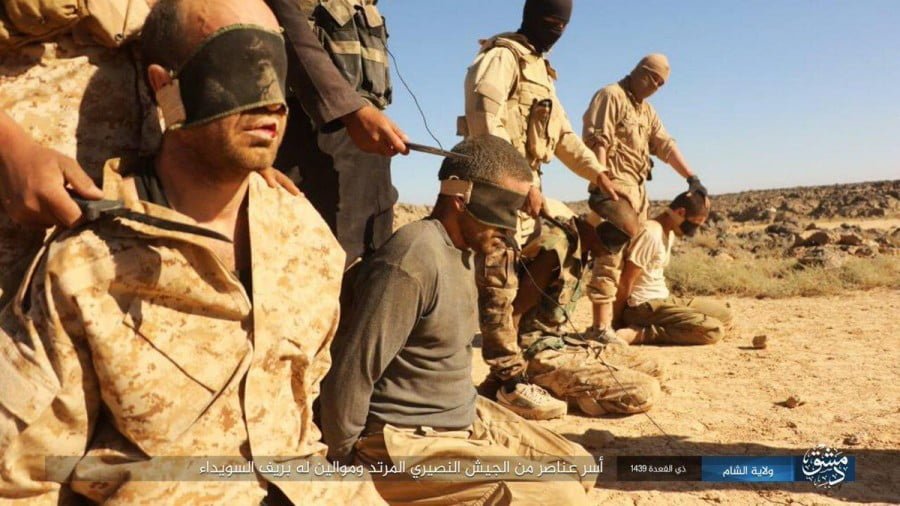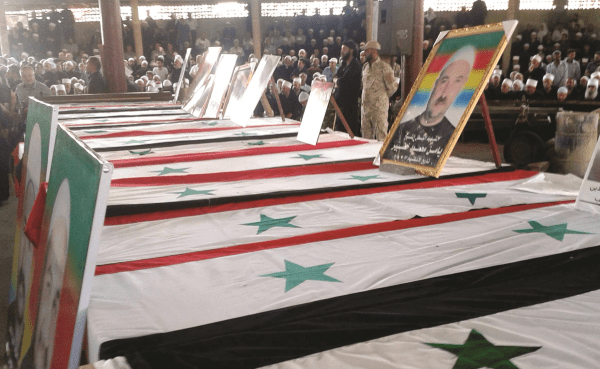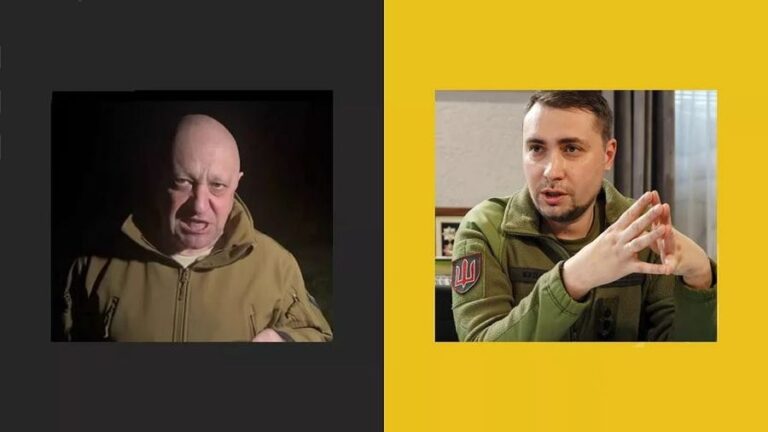The ISIS Suweida attack is a message to its branch in Quneitra, and to Russia and Damascus
In one of the bloodiest massacres after Speicher (Iraq), more than 150 ISIS militants attacked the province and the city of Suweida killing over 220 farmers (men, women, children) and members of the Syrian army and the local National Defence Forces. However, the “biggest hit was directed to Russia and Damascus who are inviting all refuges to return from neighbouring countries,” as a decision maker in the Syrian capital said.
On Wednesday at 05:00 am local time, ISIS militants, onboard of estimated 35 to 40 vehicles crossed al-Badiya (Syrian Steppe) to break, after long hours of travelling, into Suweida province. The first villages to be attacked by the terrorist group were Rami, Chbeke, al Mushannaf, Rami, Tima, Doma, al-Ghida, al-Sharihe before reaching the city of Suwaeida.
The ISIS convoy left behind death and destruction killing inoffensive farmers and their families in their homes. Many houses were looted, indicating the convoy travelled light and fast, imitating Napoleon Bonaparte’s troops, eating from local stocks as observed by the forces who followed the same path taken by the terrorists.
There is no doubt that ISIS’s planning was highly effective, showing knowledge of the land and the slim forces protecting its objectives. The firepower in Suweida that confronted ISIS forced the group to pull out and prevented it from committing a massacre much superior to the one already made.
Farid Sharafeddine who escaped the Suweida’s massacre told me: “ISIS knew inhabitants and families. They captured young men and took these to knock on their relative’s nearby to open the door and then be killed by the raiders.
Eight of the Syrian Army soldiers were killed, and 28 of the National Defence Forces lost their lives while engaging with ISIS in the city. The clash lasted over four hours with 32 ISIS killed and left behind. The security forces captured a couple of ISIS members alive.
The Syrian Air Force intervened in the last hour bombing ISIS barricades in a few positions. ISIS left behind suicide men ready to die to delay the pursuit and cover the withdrawal of what remained of the forces who managed to be captured (and executed as published by ISIS itself).
Sources in Damascus said ISIS aimed for many objectives in this successful raid:
- To show its presence and strength, capable of taking the initiative with knowledgeable ground forces and an ability to hit hard despite its loss of territory and most of its militants.
- ISIS is sending a message to his wilayat Huran (province) in Quneitra, currently under massive attack by the Syria army and its allies. The message is to hold the ground and that the “base” can still support its men surrounded in Quneitra. It has tried (in vain) to boost their morale and to tell them they are not left alone in this battle. It is, however, a false message because Quneitra will fall back to the control of Damascus, regardless.
- ISIS indicated a capability to carry out reconnaissance before the attack, with local support informing it about the security in the area and the weak points. It was not possible for the local forces to react immediately: ISIS attacked the local market with two suicide bombers with ten minutes interval, and then another suicide attack 200 meters away minutes after the second explosion when most people were asleep and were rushing to the place, seeking information and willing to help. ISIS knew it was possible for its convoy to drive under the eyes of a superpower state (the US) without being disturbed.
- ISIS managed to hit Russia whose envoys are travelling all over the neighbouring countries (Jordan, Lebanon, Turkey and other) to invite refugees to return to a safe and liberated Syria (except for the north under Turkish and US occupation). Damascus started the procedure to receive refugees, and the ISIS message aims to say “premature step”.
- ISIS benefitted from the US safety parameter around its military base at al-Tanaf, preventing Syrian and Iraqi armies from breaking into this parameter to pursue ISIS when needed. ISIS took advantage of the US measures and used the area to cross for the north where there is the bulk of its forces. Moreover, ISIS knew the US is not willing to eliminate its strength and presence in Syria (north-east in al-Hasaka province) and used this decision to its advantage.
This is maybe a pessimistic reading into a previously well-planned attack by ISIS. There is no doubt that many circumstances helped ISIS to cross unnoticed by the continuous US presence in the air of al-Badiya, monitoring every single movement (the US hit twice a Syrian force breaking the safety perimeter minutes after the event). There is also Russian incapability of spotting tens of ISIS vehicles moving in the area that could attack an area under Russian control. Also, it is an apparent failure in security and defence by the Syrian forces who felt at ease in a liberated area and underestimated the remainder of the ISIS forces.
This massacre proved there are ISIS leaders who can think, plan and execute a complicated objective (two superpower forces present in the area). That was a massive alarm for the Syrian troops to remain on alert and eliminate ISIS entirely from all liberated regions and secure their protection. The numerous victories registered in the last 12 months lowered the defence of the winners, disregarding the US factor that can hit under the belt when the opportunity arises. After all, this massacre was an opportunity for the US to show Damascus and Moscow’s failure to keep and protect its victory.









